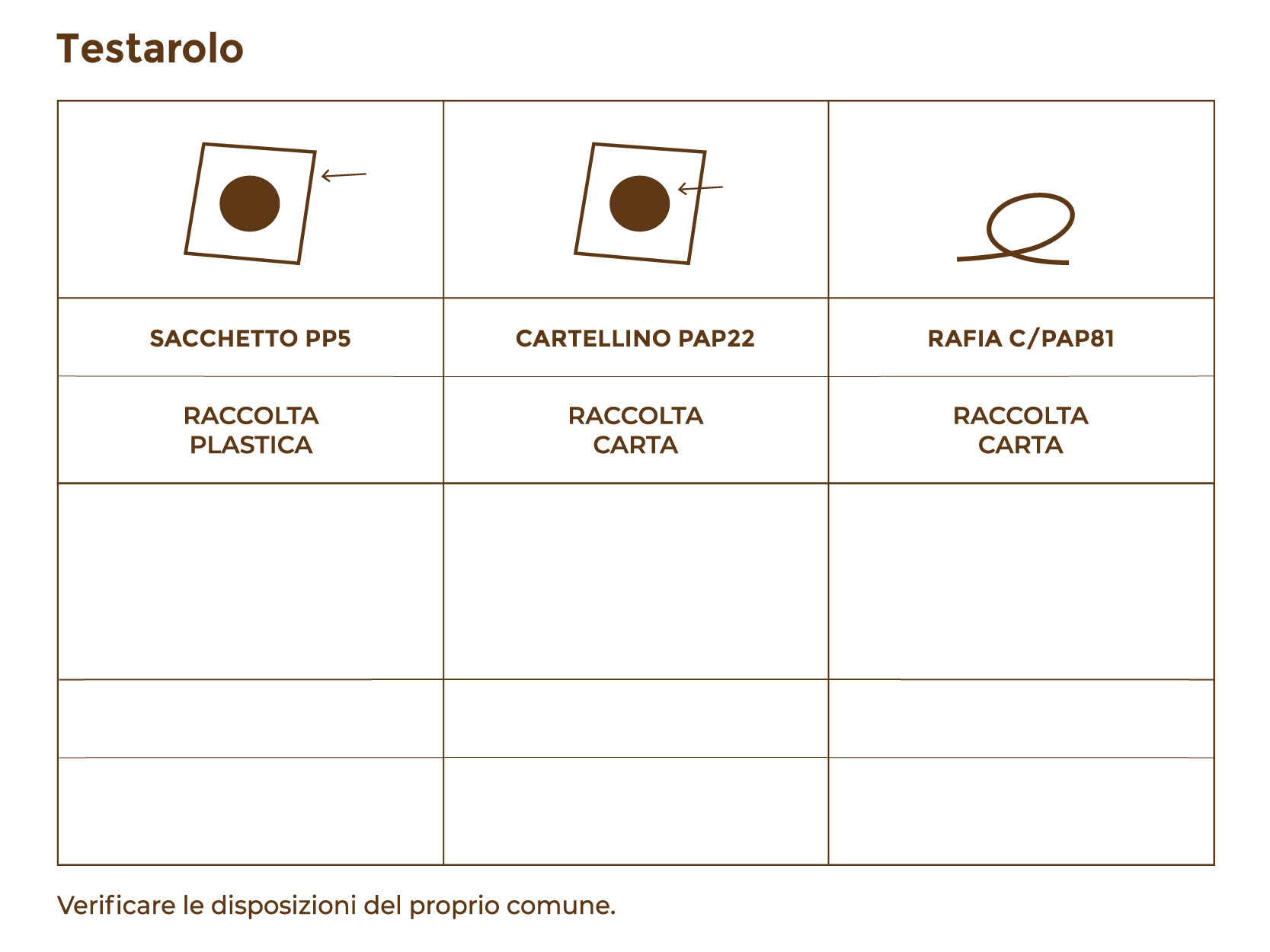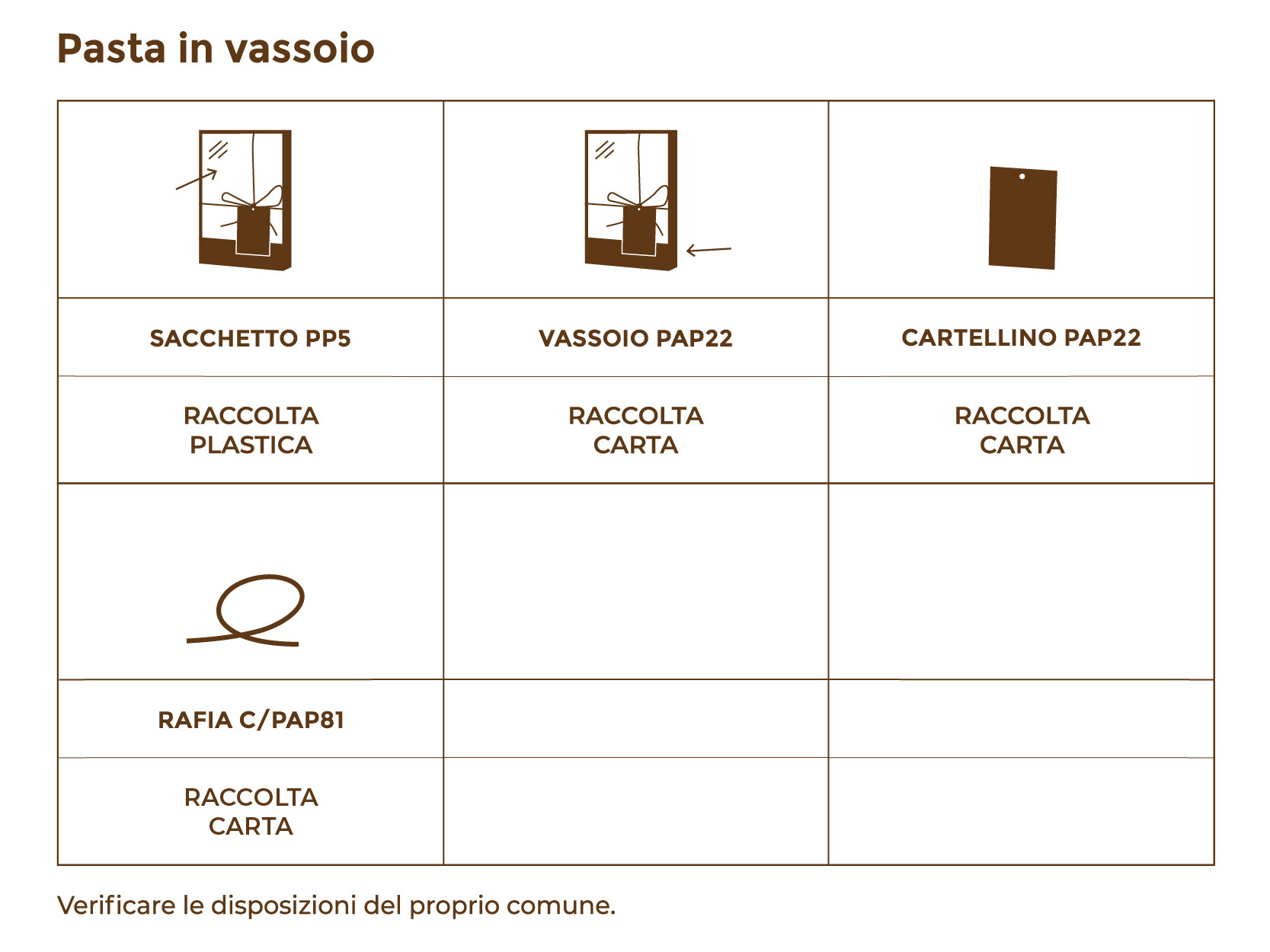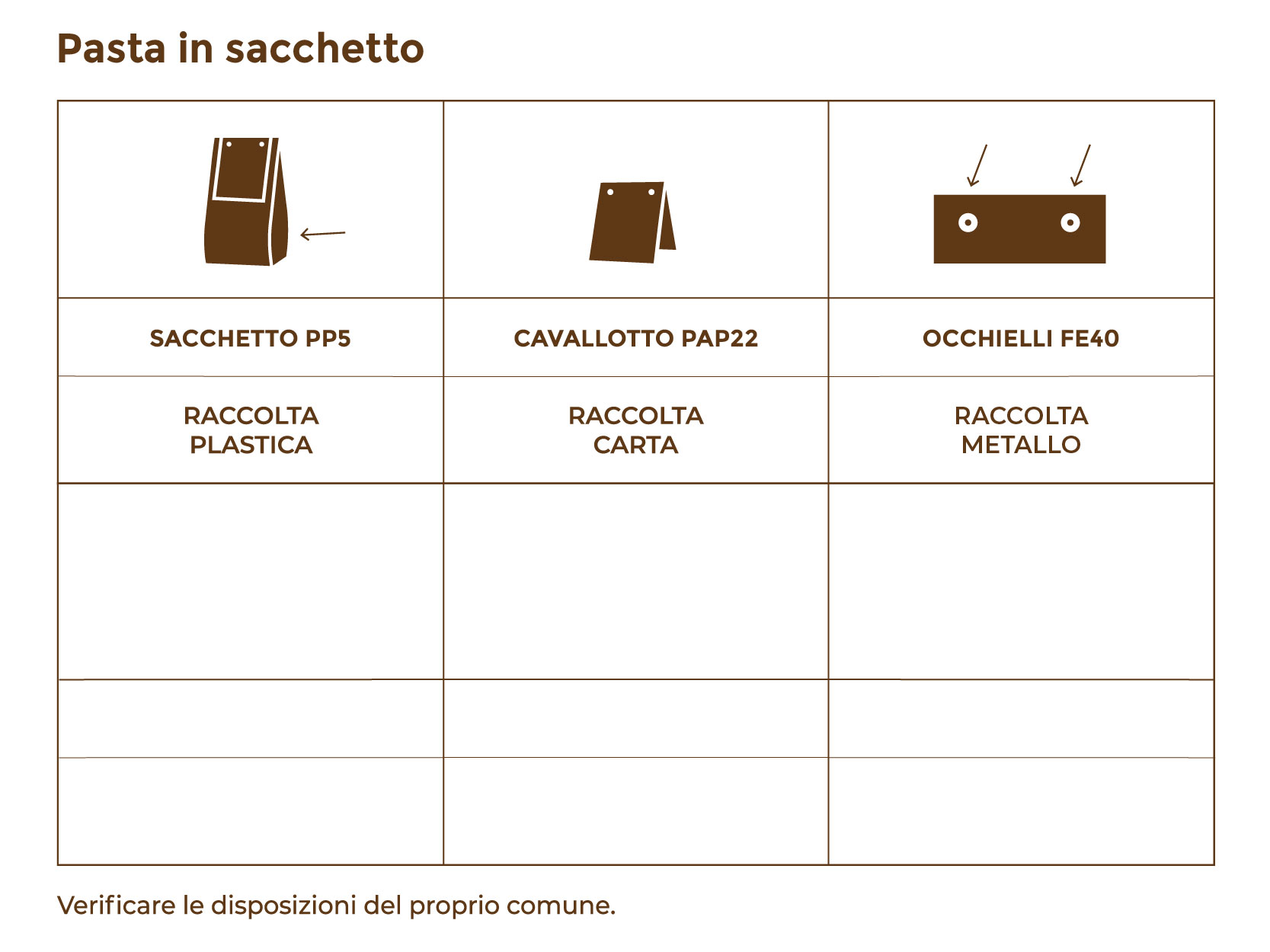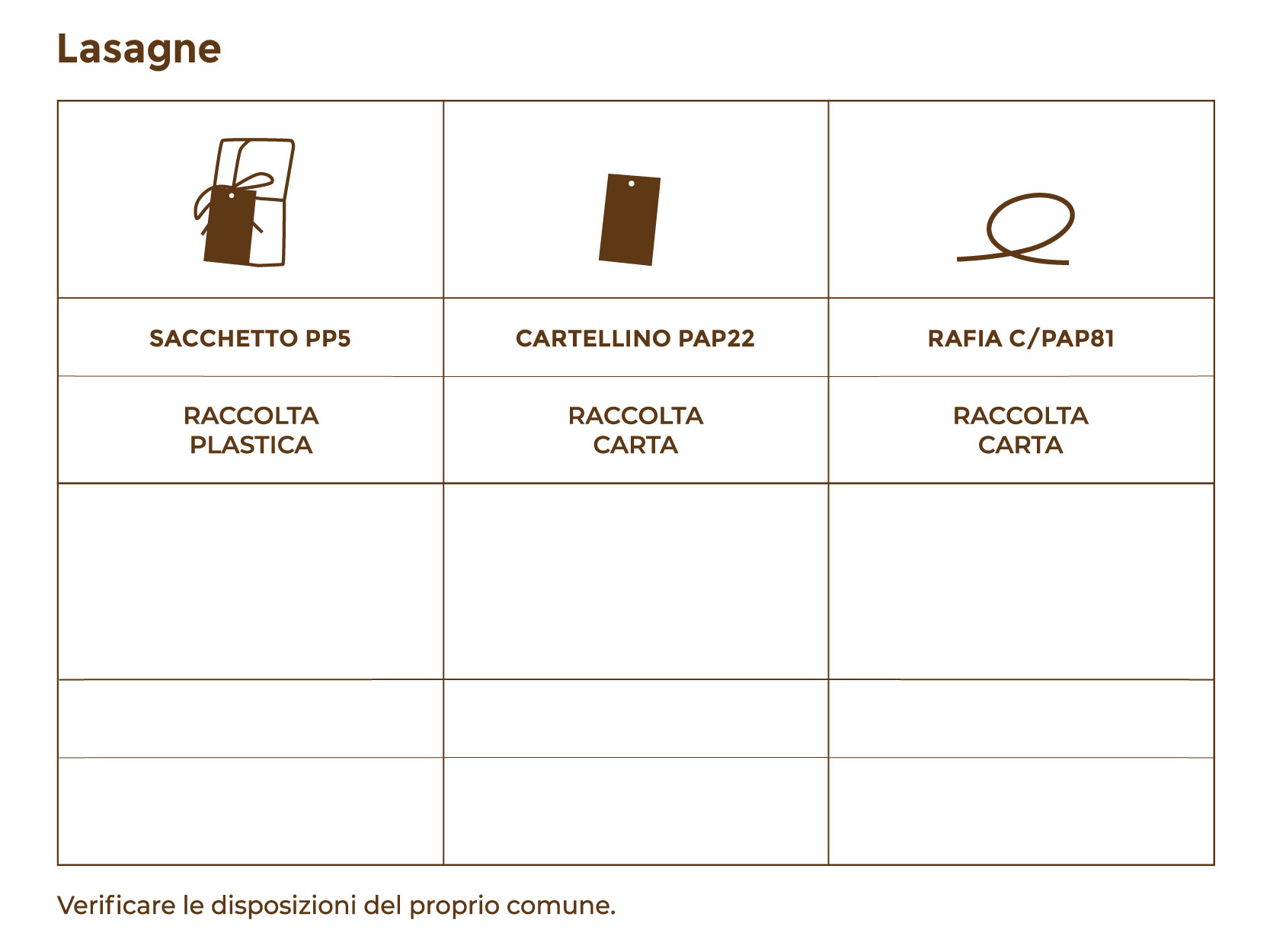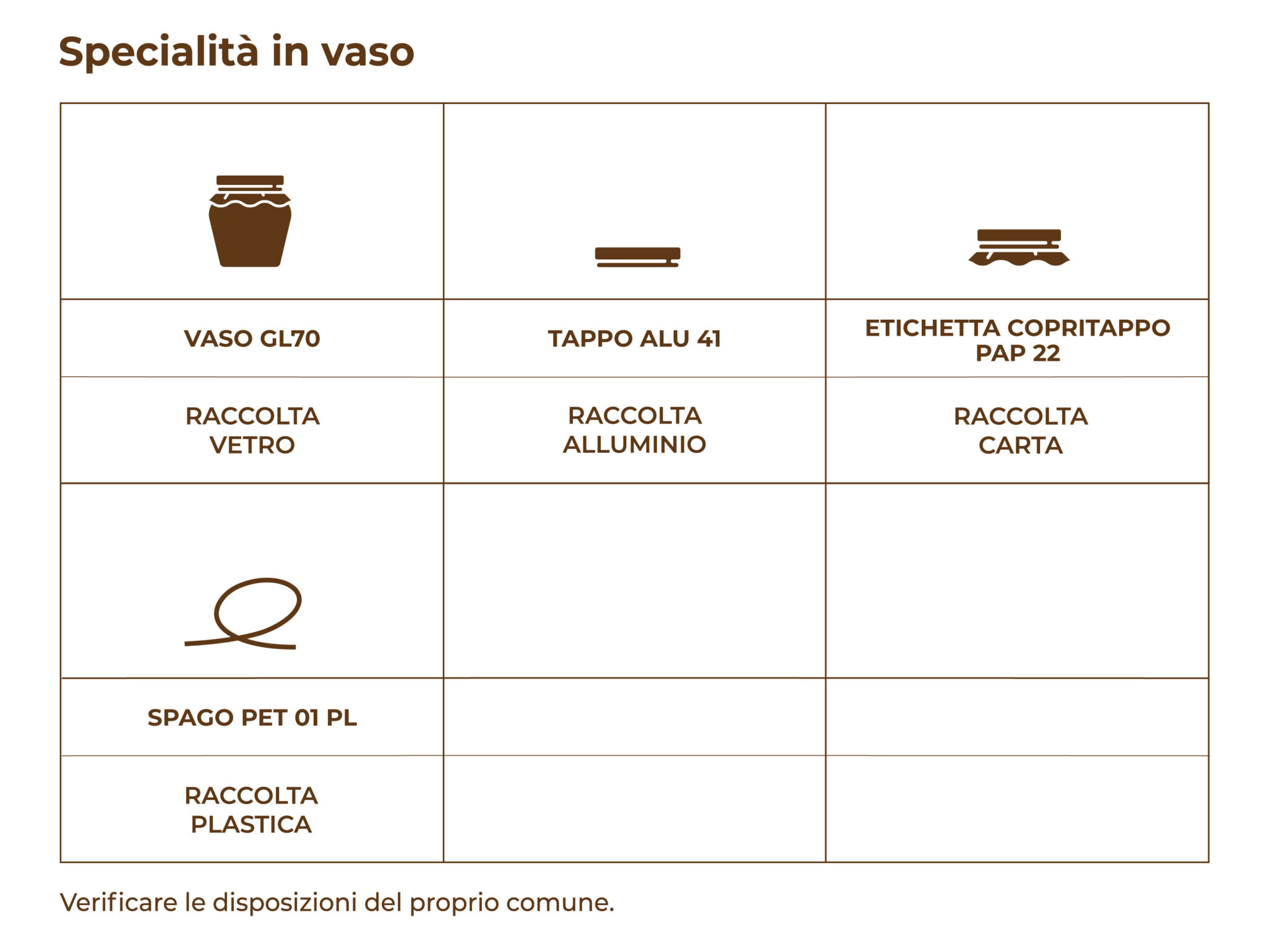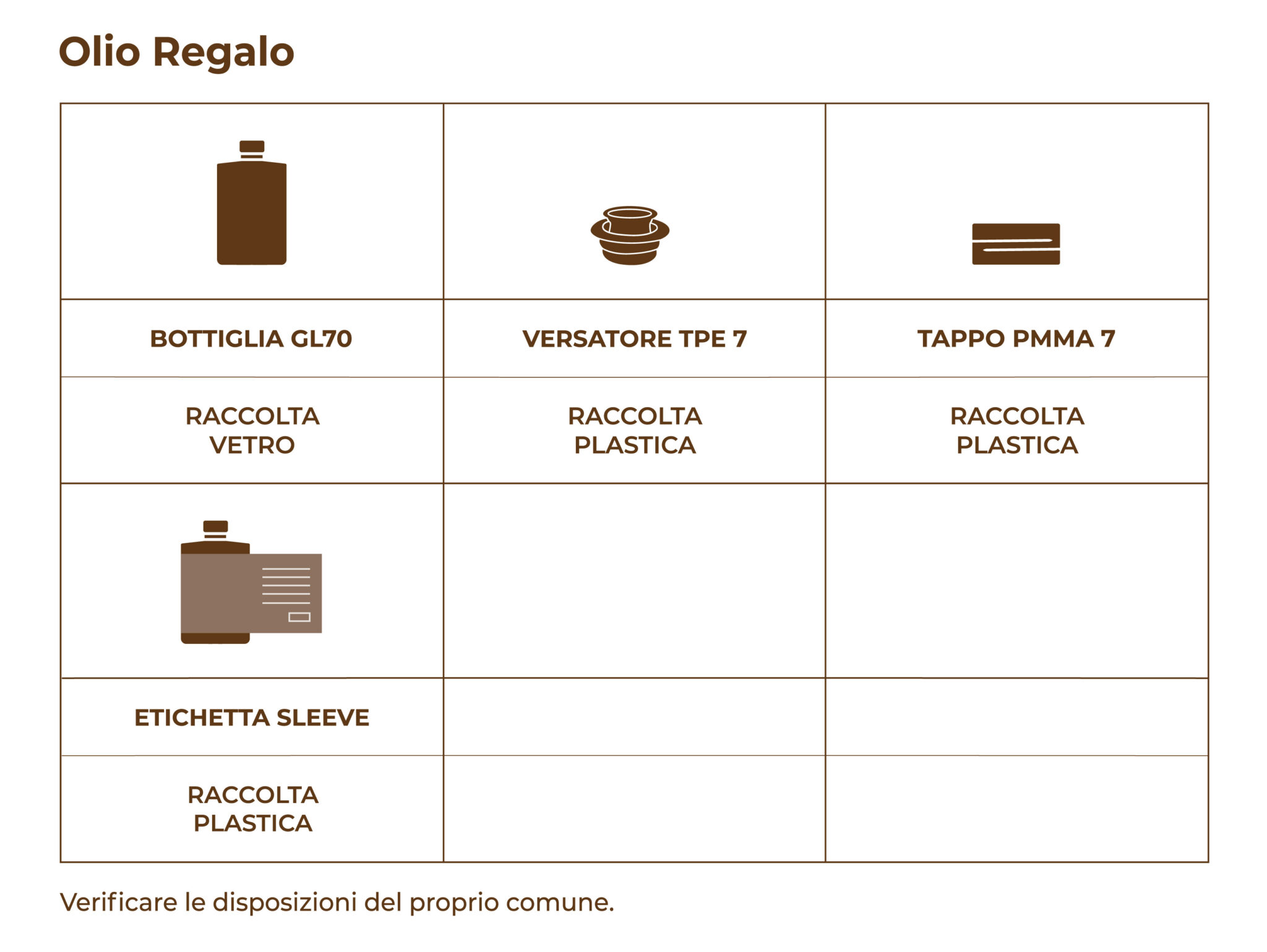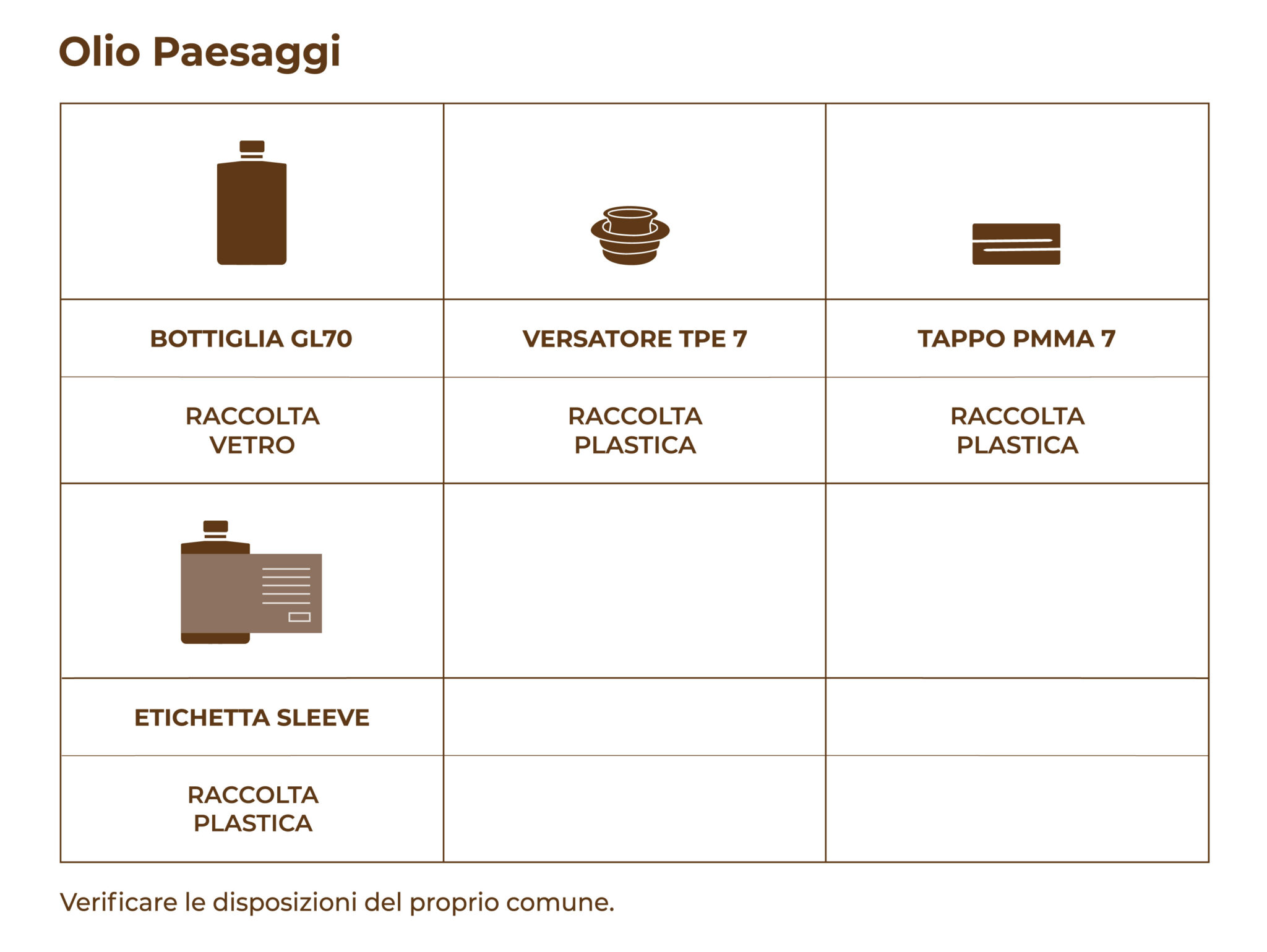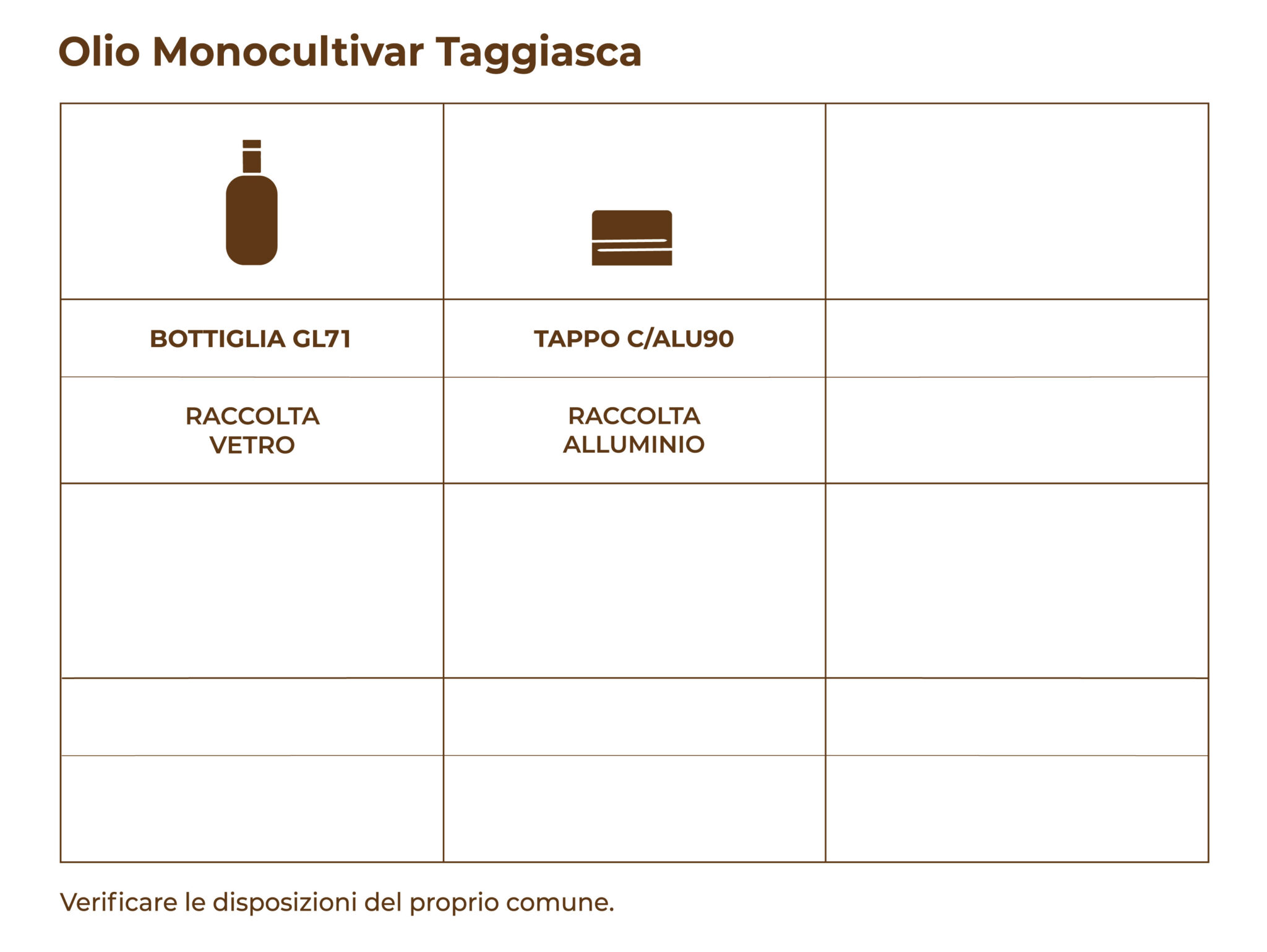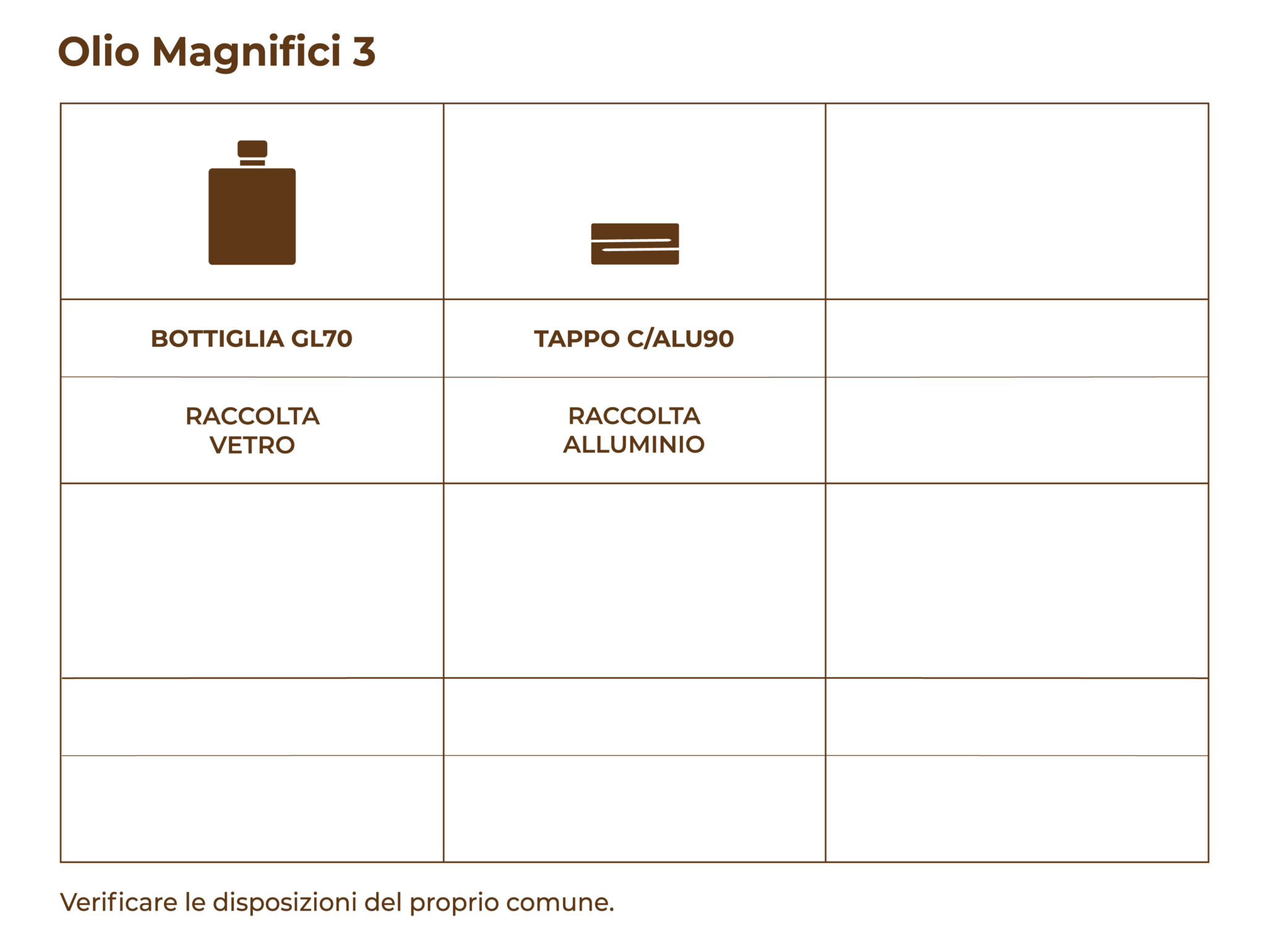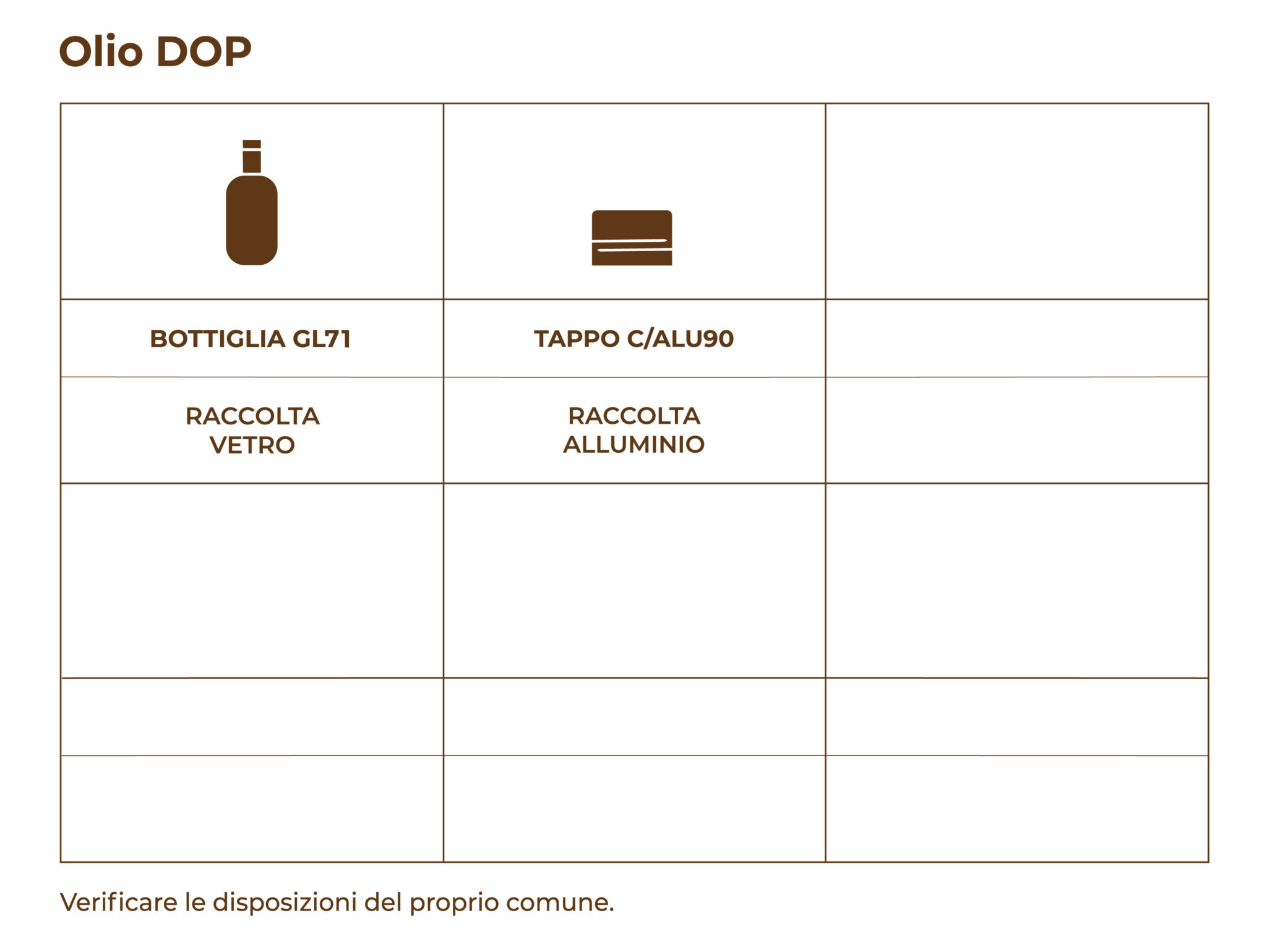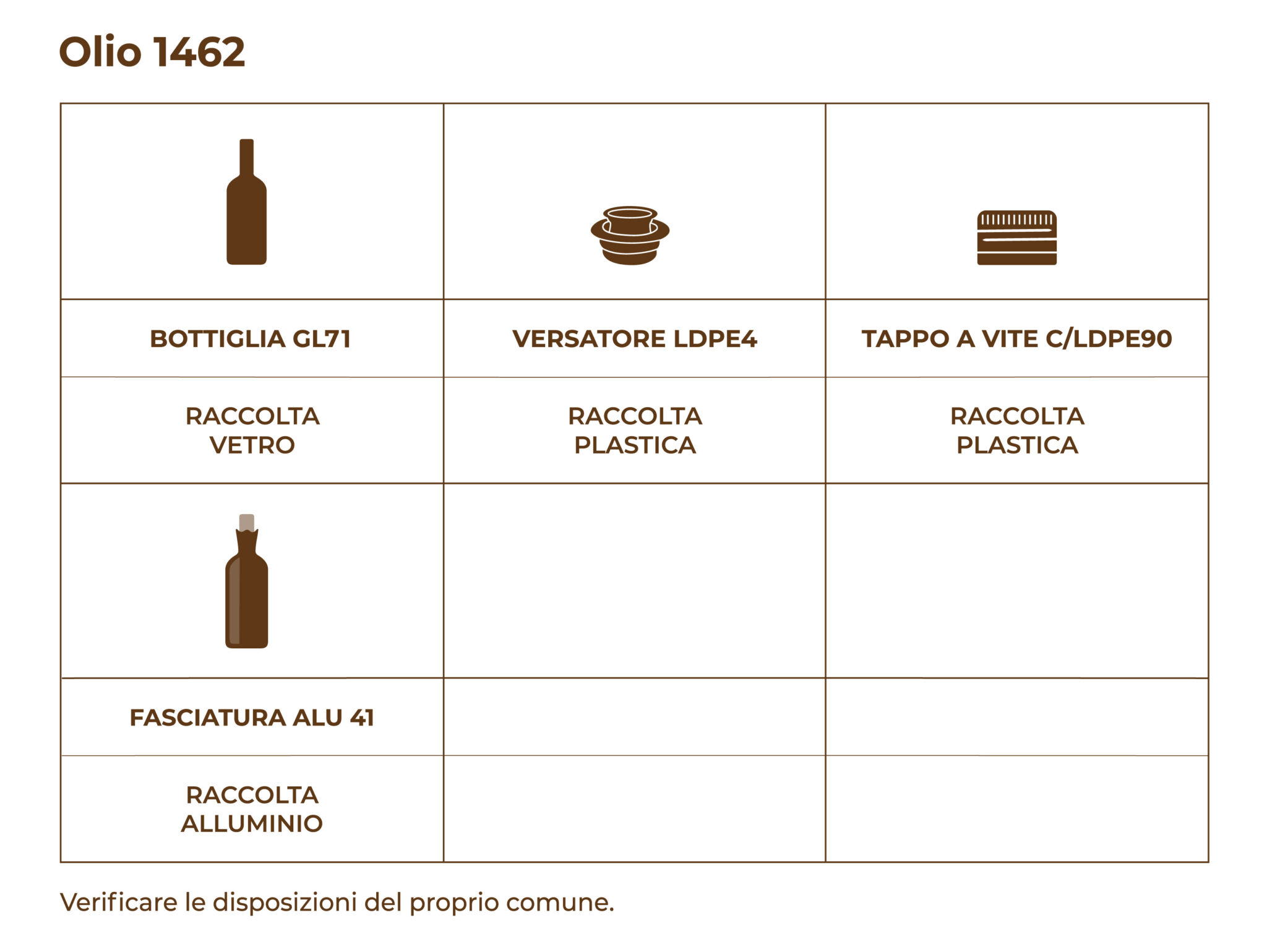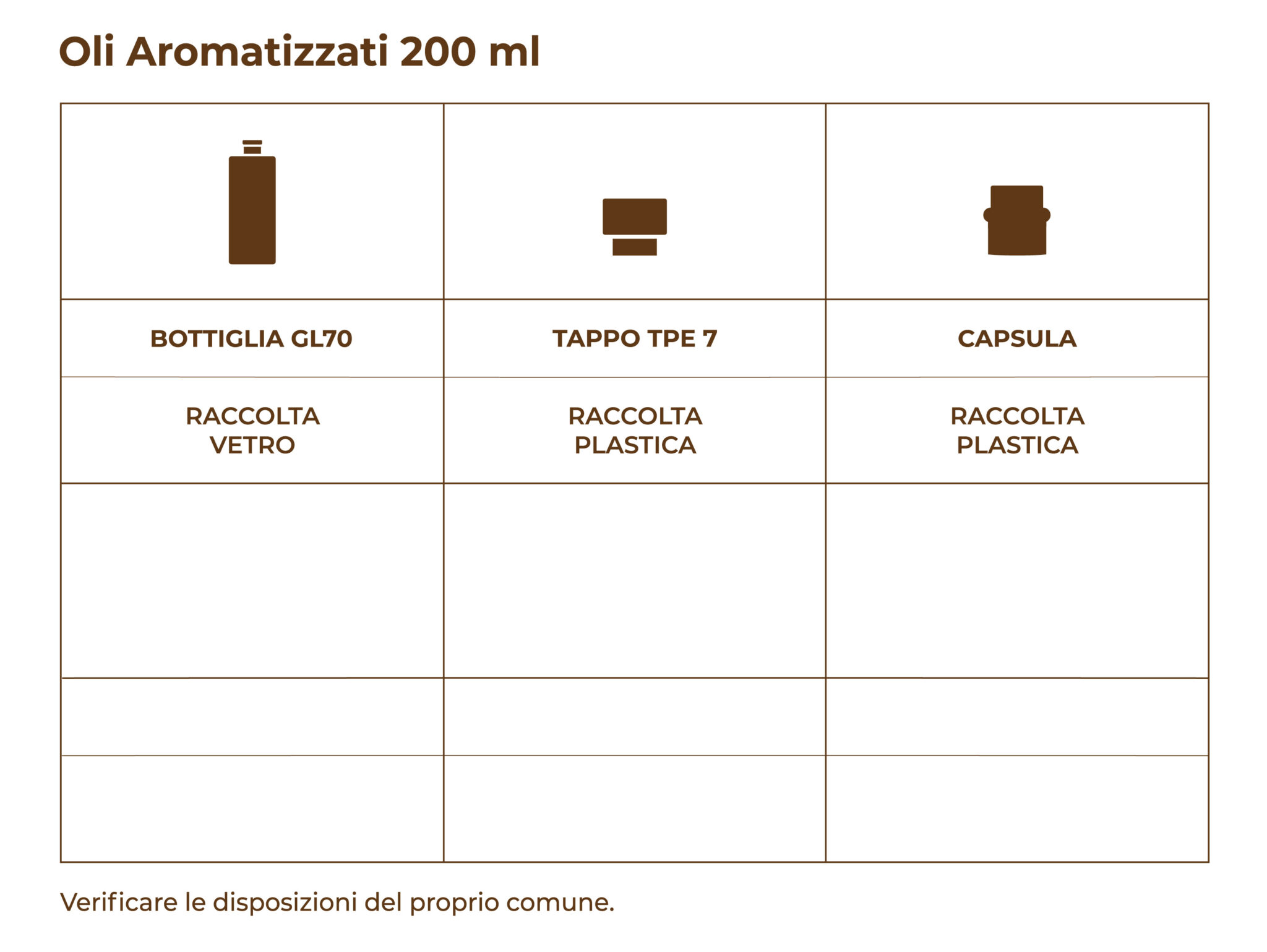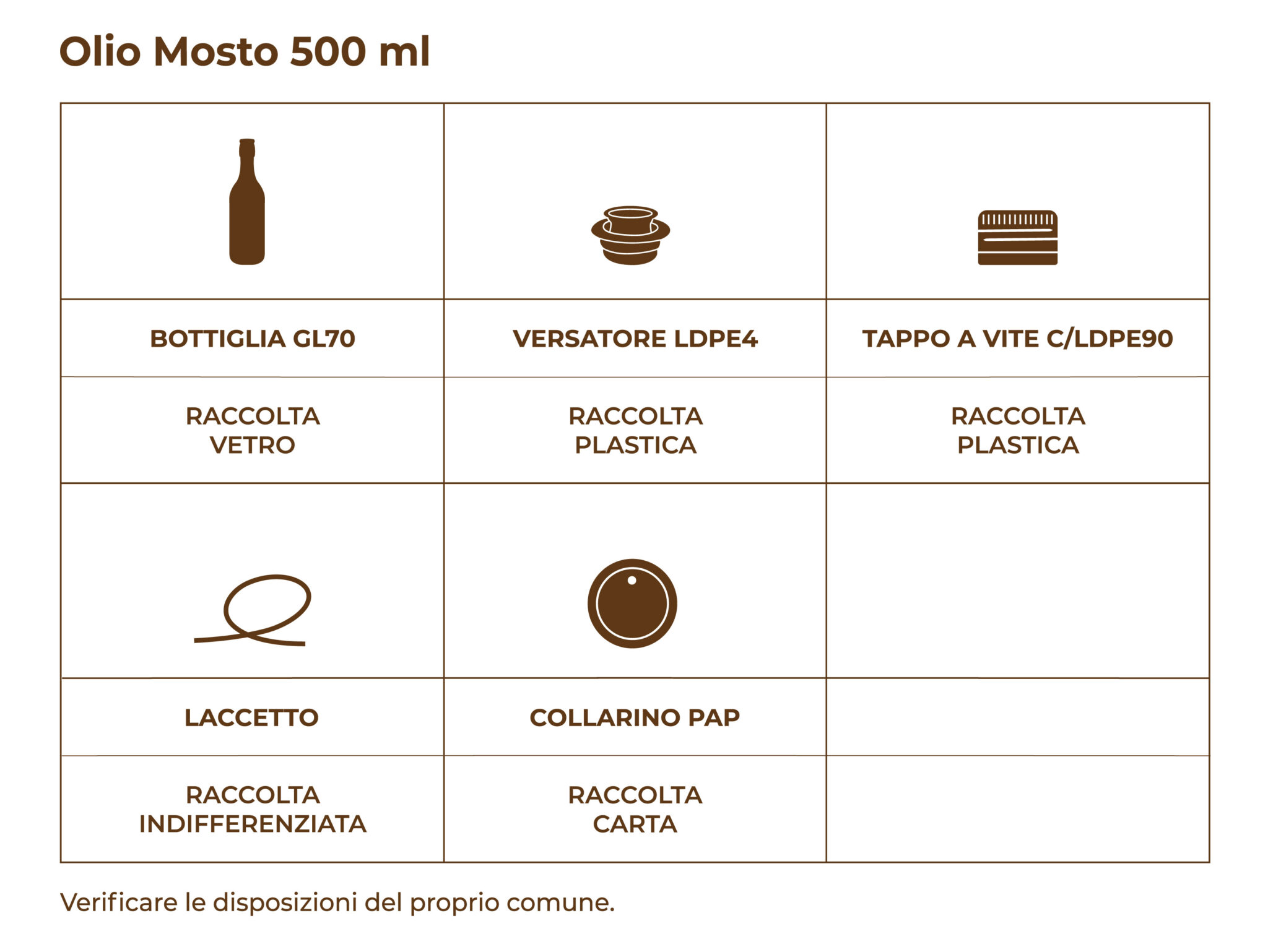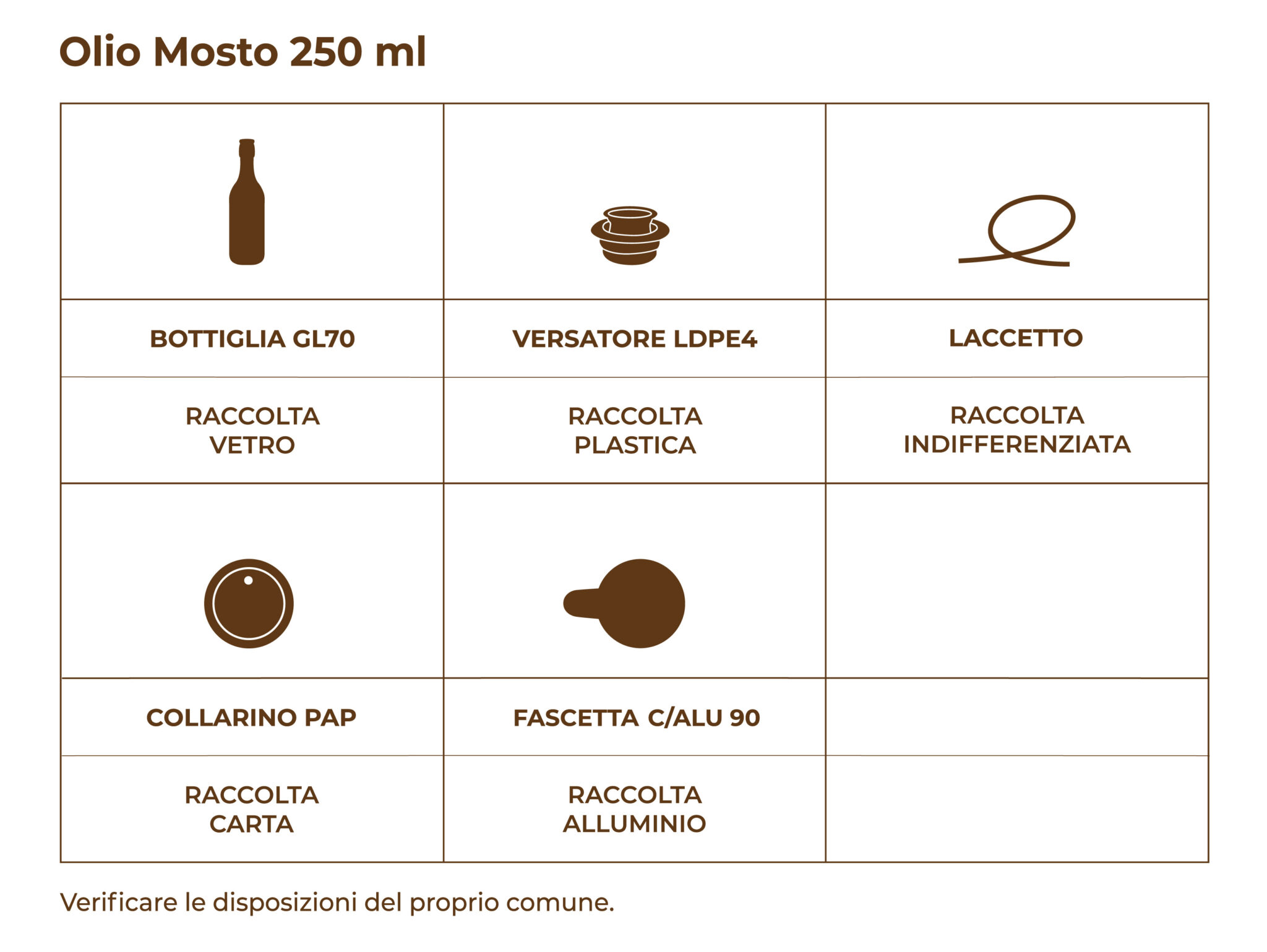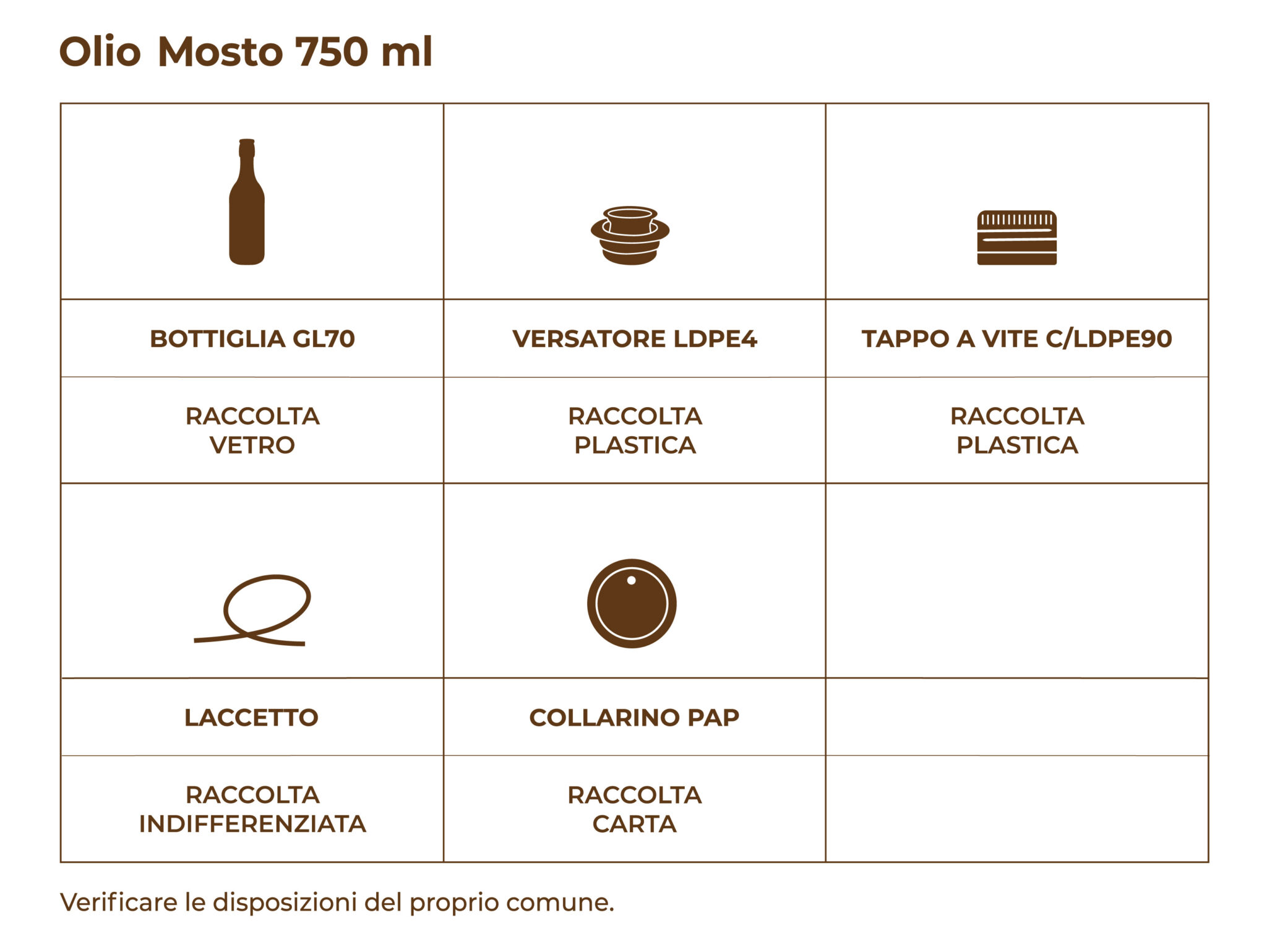Ligurian Pesto: History, Ingredients, and Authentic Recipe
Ligurian pesto is one of the most famous and appreciated raw sauces in Italian cuisine. The classic pairing with trofie pasta is a true symbol of Liguria’s gastronomic tradition. Making it at home is not difficult, but it is essential to know both the original recipe and the proper tools. Every family often guards its own version, but the traditional one remains the most widely recognized reference.
Ingredients of Traditional Ligurian Pesto
The typical recipe for Ligurian pesto requires seven key ingredients, which must be carefully selected to ensure the best result:
Genoese Basil PDO: with its intense fragrance and delicate flavor, also known as Liguria’s “green gold.”
Vessalico Garlic (Imperia): renowned for its balanced aroma and easier digestibility compared to other varieties.
Pine Nuts: preferably from the Mediterranean basin, indispensable for giving pesto its creaminess.
Parmigiano Reggiano PDO and Pecorino Fiore Sardo PDO: aged and grated, balancing sweetness and savoriness.
Extra Virgin Olive Oil: light, with low bitterness and spiciness, harmonizing all the flavors.
Coarse Sea Salt: to enhance and complete the sauce.
Essential Tools
Tradition dictates that Ligurian pesto should be prepared with a marble mortar and a wooden pestle made of boxwood. This method helps achieve a velvety texture and prevents the ingredients from overheating during processing, preserving the basil’s bright color and aroma.
Preparation of Ligurian Pesto
For authentic Ligurian pesto, it is important to work at room temperature and quickly, in order to avoid oxidation. On average, about 50 g of pesto is needed to season 100 g of dry pasta.
Ingredients for 4–6 servings
100 ml extra virgin olive oil
60 g Parmigiano Reggiano PDO
50 g Genoese Basil PDO leaves
30 g pine nuts
25 g Pecorino Fiore Sardo PDO
3 g coarse salt
2 cloves of Vessalico garlic
Step-by-Step Method for Ligurian Pesto
Gently rinse the basil leaves and dry them without crushing, using a cotton cloth.
Place the garlic and coarse salt in the mortar and crush until a paste is formed.
Add the pine nuts and continue working with steady movements.
Add part of the basil and pound gently; then incorporate the remaining leaves.
Mix in the grated cheeses.
Gradually pour in the extra virgin olive oil, blending until a smooth, homogeneous sauce is obtained.
Transfer the Ligurian pesto into an airtight container and store it in the refrigerator.
